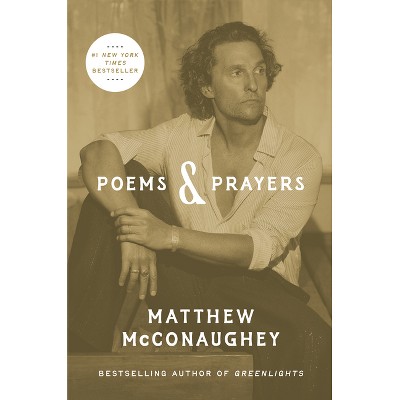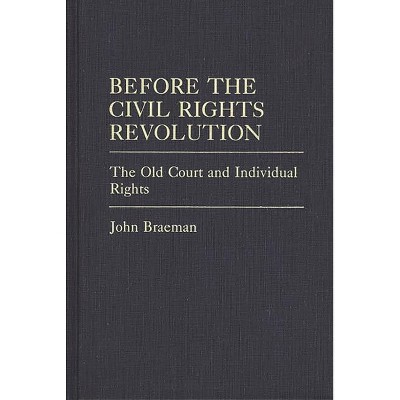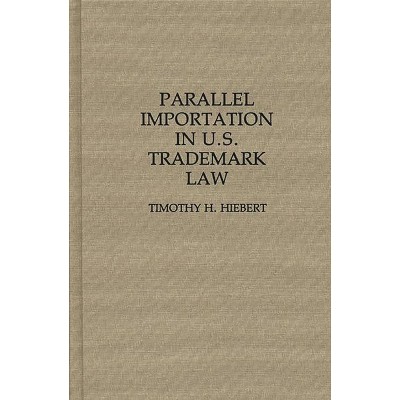Sponsored

The New High Priests - (Contributions in Legal Studies) by Gerald Gawalt (Hardcover)
In Stock
Sponsored
About this item
Highlights
- Gerard W. Gawalt has collected essays that explore the critical period in the development of the legal profession from 1865 to 1900, when law replaced religion as the controlling element in American society and lawyers clearly established themselves as the formulators, advocates, and arbiters of the law.
- About the Author: walt /f Gerard /i W. /r ed.
- 230 Pages
- Freedom + Security / Law Enforcement, Civil Procedure
- Series Name: Contributions in Legal Studies
Description
About the Book
Gerard W. Gawalt has collected essays that explore the critical period in the development of the legal profession from 1865 to 1900, when law replaced religion as the controlling element in American society and lawyers clearly established themselves as the formulators, advocates, and arbiters of the law. The authors of these essays explore the extent of the legal profession's involvement in the growth of industrial America, focusing on the state of the profession in various geographic regions and on the profession's institutions and plans for education, regulation, reform, and practice in the period after the Civil War. They address the central question of how the nature and structure of the legal profession was molded by the growth of urban-industrial society and argue that the profession not only adapted, but pioneered and adopted many of the aspects of the new industrialism.
Book Synopsis
Gerard W. Gawalt has collected essays that explore the critical period in the development of the legal profession from 1865 to 1900, when law replaced religion as the controlling element in American society and lawyers clearly established themselves as the formulators, advocates, and arbiters of the law. The authors of these essays explore the extent of the legal profession's involvement in the growth of industrial America, focusing on the state of the profession in various geographic regions and on the profession's institutions and plans for education, regulation, reform, and practice in the period after the Civil War. They address the central question of how the nature and structure of the legal profession was molded by the growth of urban-industrial society and argue that the profession not only adapted, but pioneered and adopted many of the aspects of the new industrialism.About the Author
walt /f Gerard /i W. /r ed.
Shipping details
Return details
Trending Non-Fiction











